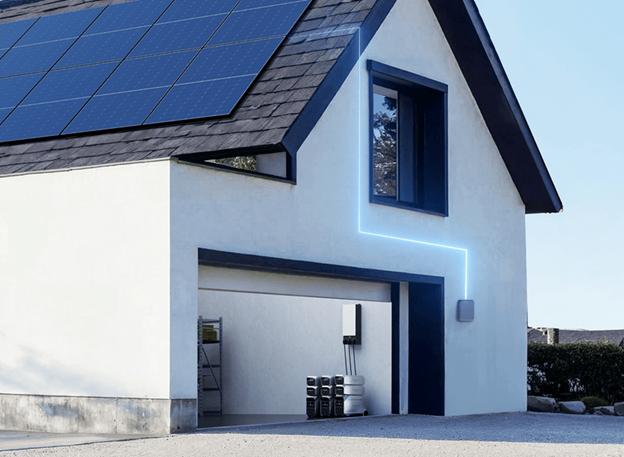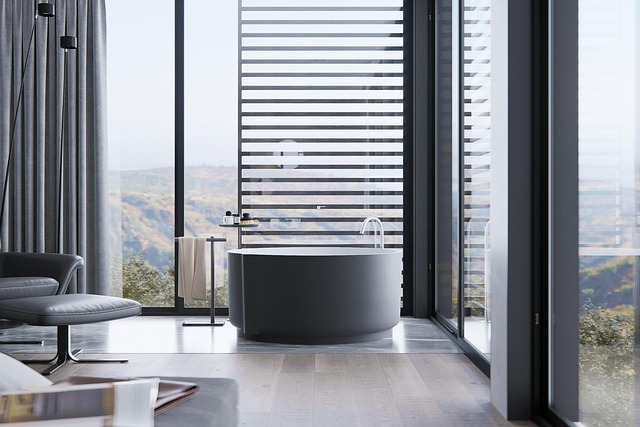There’s a problem creeping through the solar industry that no one really wants to talk about, until a homeowner throws a quote back in your face. Battery installations, especially in residential setups, have quietly become bloated with markups. We’re talking 30 to 45 percent over what they should cost. And guess what? Most folks don’t even realize they’re being overcharged.
For solar contractors, this isn’t just a numbers issue. It’s a barrier. You work hard to sell the benefits of clean energy, only to have potential clients hit pause the moment they see the battery pricing. It’s frustrating. But here’s the good news, this pricing mess? It can actually be turned into a competitive edge.
The trick lies in how you source, how you install, and how you educate your clients about smarter home solar systems, the kind that don’t carry unnecessary fluff or inflated price tags.
What’s Really Behind That Price Tag?
Battery systems shouldn’t cost what they currently do. Yet somehow, quotes keep climbing. Why? Because the industry’s pricing model is padded with layers most people don’t question.
A surprisingly small portion, less than half, in many cases, of what clients are quoted actually goes toward the battery itself. The rest? It gets eaten up by labor, paperwork, interconnection fees, and, more frustratingly, middlemen markups and bloated brand margins.
Take a closer look at some of the newer players shaking things up. There are systems, like EcoFlow’s OCEAN Pro, that are delivering reliable performance without the heavy baggage of overcomplicated installs. These setups can cut installation time by more than half and still match, or even exceed, the functionality of “established” alternatives.
For contractors, the real opportunity is this: when you cut out the excess, you can reduce total project costs by 20 to 30 percent, without sacrificing your profit. Clients get a fairer price, and you build trust that keeps them coming back.
How Much Storage Does a Mid-Sized Home Really Need?
Every house is different, but most mid-sized homes (somewhere in that 1,500 to 3,000 square foot range) tend to consume about 30 to 60 kWh each day. That number’s not pulled out of thin air, it comes from years of real usage data, plus some good old-fashioned math.
To find the sweet spot for battery capacity, a rough formula is this: multiply the home’s square footage by 0.02 kWh. Then consider seasonal peaks and big-ticket appliances like HVAC systems. Most homes like these land somewhere between 15 and 25 kWh for practical, real-life backup.
But you can’t stop at consumption. Peak load, the amount of power needed when everything’s on at once, usually runs between 7 and 12 kW. That has to be factored in when sizing the system properly. Otherwise, you’re installing a product that doesn’t fully meet the homeowner’s expectations, and that’s a problem waiting to happen.
Budgeting Options That Actually Work
One of the best ways to keep a project moving forward, especially when a client is staring at their budget, is to offer choices. Contractors who’ve figured this out don’t just sell one battery size. They build three-tier options:
- Essential Tier: Smaller 10–15 kWh systems meant to power the must-haves—refrigerator, lights, Wi-Fi, and maybe a few medical devices.
- Enhanced Tier: Covers more ground. At 20–25 kWh, you’re starting to support full-house operations, including HVAC for moderate outages.
- Premium Tier: Designed for long outages and full off-grid moments, this one comes with future-ready integrations like EV chargers or solar add-ons.
Modularity is key here. You’re not locking clients into a system, they can grow into it as their energy needs evolve. That kind of flexibility turns one-time jobs into long-term partnerships.
Choosing Smarter Batteries, Not More Expensive Ones
For years, NMC (Nickel Manganese Cobalt) batteries were the go-to. But times have changed. LFP (Lithium Iron Phosphate) batteries are now dominating the value conversation—and for good reason.
They’re cheaper to manufacture. They last longer. And they’re safer, with better thermal stability. For clients, that means less risk. For contractors, it means fewer callbacks and warranty headaches.
Even better, most LFP systems are modular by design, which means quicker installs and easier troubleshooting. That’s less time on site, less labor cost, and more completed jobs per month. It’s not just about cutting costs, it’s about building efficiency into the way you operate.
The Art of Smarter Sourcing
One major lever contractors are starting to pull? Buying power. More and more, independent installers are teaming up to form regional purchasing groups. The concept is simple: pool orders, go direct to the manufacturer, and negotiate wholesale pricing.
These groups are consistently pulling in discounts between 15 and 25 percent. And they’re not just getting lower prices, they’re cutting delivery times and standardizing builds so that install teams don’t have to guess or improvise.
There’s also a quiet market for certified refurbished battery modules that’s starting to grow. These units are fully tested, come with warranties, and cost up to 40 percent less than new. You wouldn’t put them in every job, but for the right client? It’s a no-brainer.
Designing for What Comes Next
One of the biggest mistakes in battery system design is thinking only about today. Many homeowners start with modest goals, just a little backup power, but life changes fast.
That’s why future-proofing should be baked into every install. Smart panels, expandable battery racks, and EV-ready load centers are simple now, and save homeowners thousands later. It’s not about upselling. It’s about thoughtful planning that benefits everyone down the line.
Wrap-Up: A Better Way Forward for Contractors
Here’s the takeaway: high battery prices are scaring off clients. But contractors who know how to break down the costs, source smarter, and offer flexible, modular systems are stepping into that gap, and winning.
You don’t need to fight the big brands at their own game. You just need to be better at yours. Understand the true costs. Partner with other contractors. Use tech that’s efficient instead of flashy. And most of all, put clients first.
Because when the dust settles, the ones who’ll thrive in this space aren’t the ones with the biggest ads or the glossiest trucks. They’re the ones who knew how to keep it real, keep it affordable, and keep it moving.





